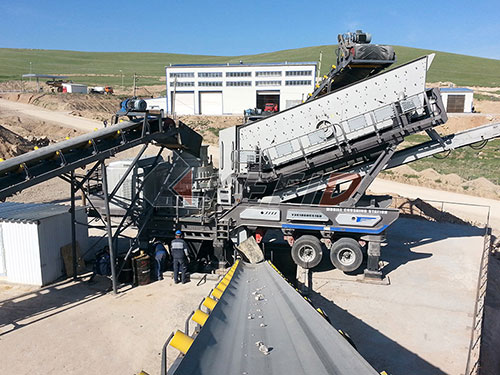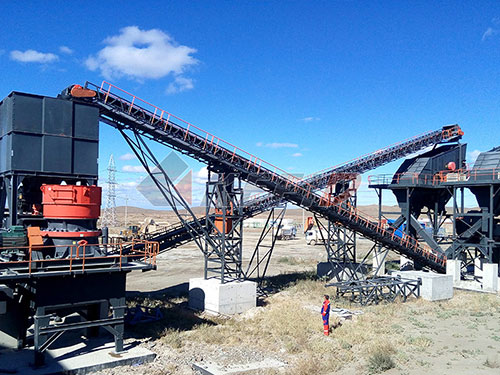Kenya’s 250tph Limestone Crushing Line: A Model of Efficiency and Sustainability

In the heart of East Africa, Kenya has emerged as a hub for infrastructure development and industrial growth. Among its many ambitious projects, the establishment of a 250-ton-per-hour (tph) limestone crushing line stands out as a testament to modern engineering and sustainable resource utilization. This project not only addresses the rising demand for construction materials but also highlights Kenya’s commitment to leveraging advanced technologies for economic progress. Let’s delve into the technical details, operational strategies, and broader impacts of this groundbreaking initiative.

Project Overview: Meeting Kenya’s Infrastructure Demands
Kenya’s Vision 2030 development blueprint prioritizes infrastructure expansion, including roads, railways, and urban housing. Limestone, a critical raw material for cement production and road base construction, is in high demand. The 250tph limestone crushing line was designed to supply high-quality aggregates to support these projects while optimizing resource efficiency.
Located in a limestone-rich region, the crushing plant operates in a semi-arid area where water scarcity and environmental preservation are key concerns. The project integrates advanced crushing technologies with eco-friendly practices to balance productivity and sustainability.
Technical Configuration: Precision Engineering
The crushing line employs a three-stage process to transform raw limestone into various sizes of aggregates (0-5mm, 5-20mm, 20-31.5mm), tailored for cement plants and construction applications. equipment includes:
1. Vibrating Feeder: Ensures uniform material flow into the primary crusher.
2. Jaw Crusher (Primary Crushing): A heavy-duty machine reduces large limestone blocks (<630mm) to ≤150mm pieces.
3. Impact Crusher (Secondary Crushing): Further refines material to ≤60mm while enhancing particle shape.
4. Vibrating Screens: Classify aggregates into precise specifications.
5. Dust Suppression System: Minimizes airborne particles using mist sprays and enclosed conveyors.
The plant’s automation system optimizes energy consumption and monitors real-time performance, reducing downtime by 15% compared to conventional setups.
Overcoming Challenges: Innovation in Action
1. Arid Climate Adaptation
Water scarcity posed a risk to dust control. The solution? A closed-loop water recycling system combined with dry fog dust suppression technology, cutting freshwater usage by 70%.
2. Power Reliability
To mitigate Kenya’s intermittent power

Leave a Reply